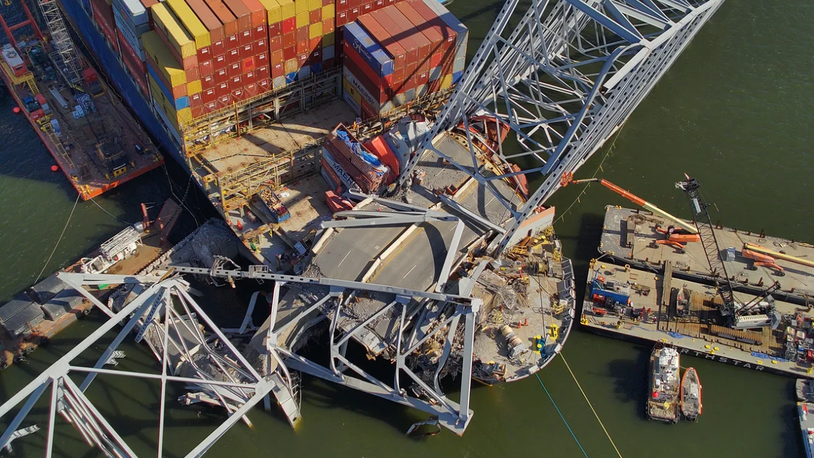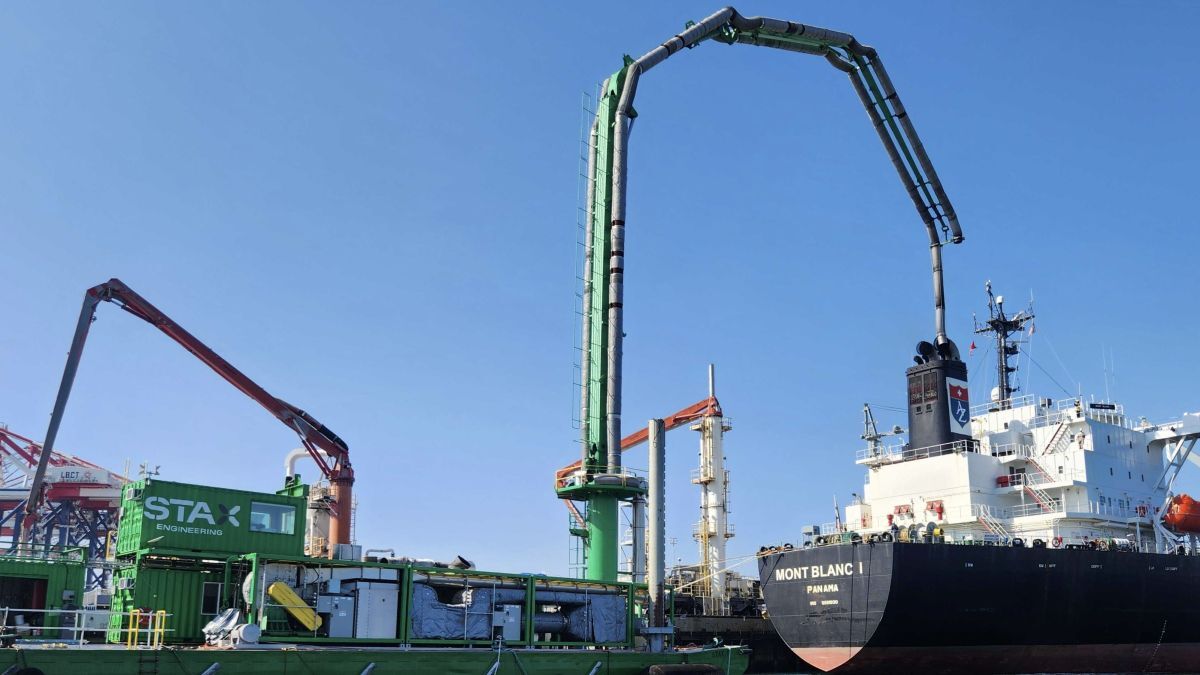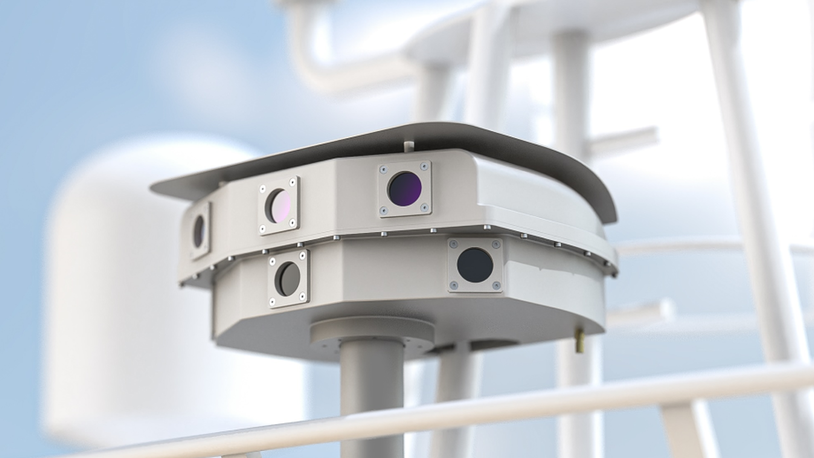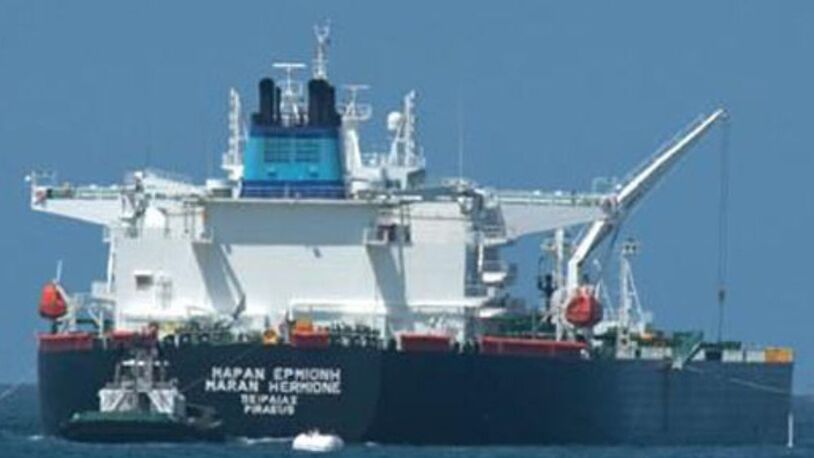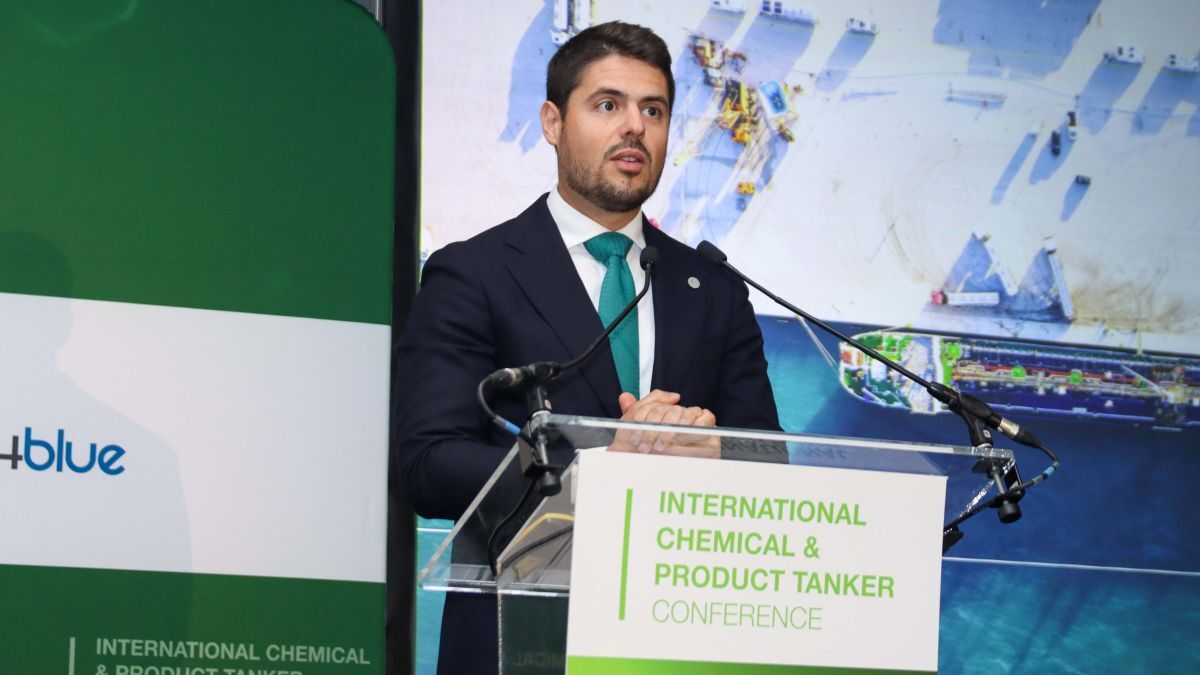Business Sectors
Events
Contents
Van Weelde Shipping cuts fuel costs through voyage optimisation
Dynamic voyage optimisation and weather routeing can deliver significant savings in fuel consumption for owners operating ships across the Atlantic
Van Weelde Shipping Group uses Napa’s voyage optimisation software to reduce operating costs for its fleet of dry bulk carriers on transatlantic routes. It also uses Napa’s voyage optimisation program to plan cost-effective routes around South America and to schedule drydockings.
These examples were presented by Van Weelde Shipping technical director Raoul de Troije during Riviera Maritime Media’s ‘Voyage planning for maximum vessel efficiency’ webinar on 14 May.
“We have been looking for transparency in our ship performance and opportunities to use the weather to our advantage to optimise routes,” said Mr de Troije.
The first example he gave was a transatlantic crossing in winter from the Baltic to the Caribbean. A bulk carrier would typically follow the great circle route, which is the shortest voyage to the Caribbean, of 4,845 nautical miles (nm). The calculated bunkers cost for this voyage was US$207,574.
“But, considering the length of voyage, one should anticipate weather systems may not work out for the optimised route,” said Mr de Troije. “One day’s difference in departure can have a great effect on the optimised route.”
Using weather forecast information, Napa software calculated a more cost-effective route further south of the original route. This voyage would avoid a large weather depression in the North Atlantic and have a length of 5,124 nm. It would reduce fuel consumption due to the positive effects of weather, leading to a calculated fuel cost of US$177,731.
“From this example, there is a huge difference between the normal route without it being available,” said Mr de Troije.
“We have learnt from the calculations on the course the cost savings we would achieve on this voyage. But the software gives us other opportunities on the same voyage,” he said.
Van Weelde Shipping used Napa software to calculate another route further south that passed by the Canary Islands, where the ship could use Las Palmas drydocking and repair yards.
It considered this detour for hull cleaning after identifying severe hull underperformance following a prolonged stay in Caribbean waters.
This led to marine growth on the hull, increasing its drag during the following voyage. Removal of hull growth reduced the ship’s friction in the water and improved its efficiency.
“The system can easily calculate the costs [of the detour] for the hull cleaning and the cost savings afterwards,” said Mr de Troije. “After completion of the underwater cleaning the vessels performance could be evaluated using the voyage report,” he said.
In this example, the route length was 5,669 nm and the estimated fuel costs were US$179,277 nm.
In a second example, Mr de Troije explained how a ship voyage can be optimised for oceanic and coastal currents around South America. A route from Colombia to Uruguay would typically hug the coast for the shortest route of 5,150 nm, which would cost around US$134,743 in fuel.
However, a customised route of similar length could reduce these costs to around US$106,090. “Owners achieve massive savings on bunkers by avoiding the strong north Brazil current and thereafter going coastal to maximise the effect of the southbound Brazil current,” Mr de Troije explained.
He was joined on the panel by PT-Shipmanagement managing director Patrick Toll, Napa Shipping Solutions senior research engineer Teemu Manderbacka and Coach Solutions sales manager Ulla Knudsen.
Watch the Voyage planning for maximum vessel efficiency webinar in our webinar library
Related to this Story
Events
TUGTECHNOLOGY '25
Reefer container market outlook: Trade disruption, demand shifts & the role of technology
Asia Maritime & Offshore Webinar Week 2025
Marine Lubricants Webinar Week 2025
© 2024 Riviera Maritime Media Ltd.



